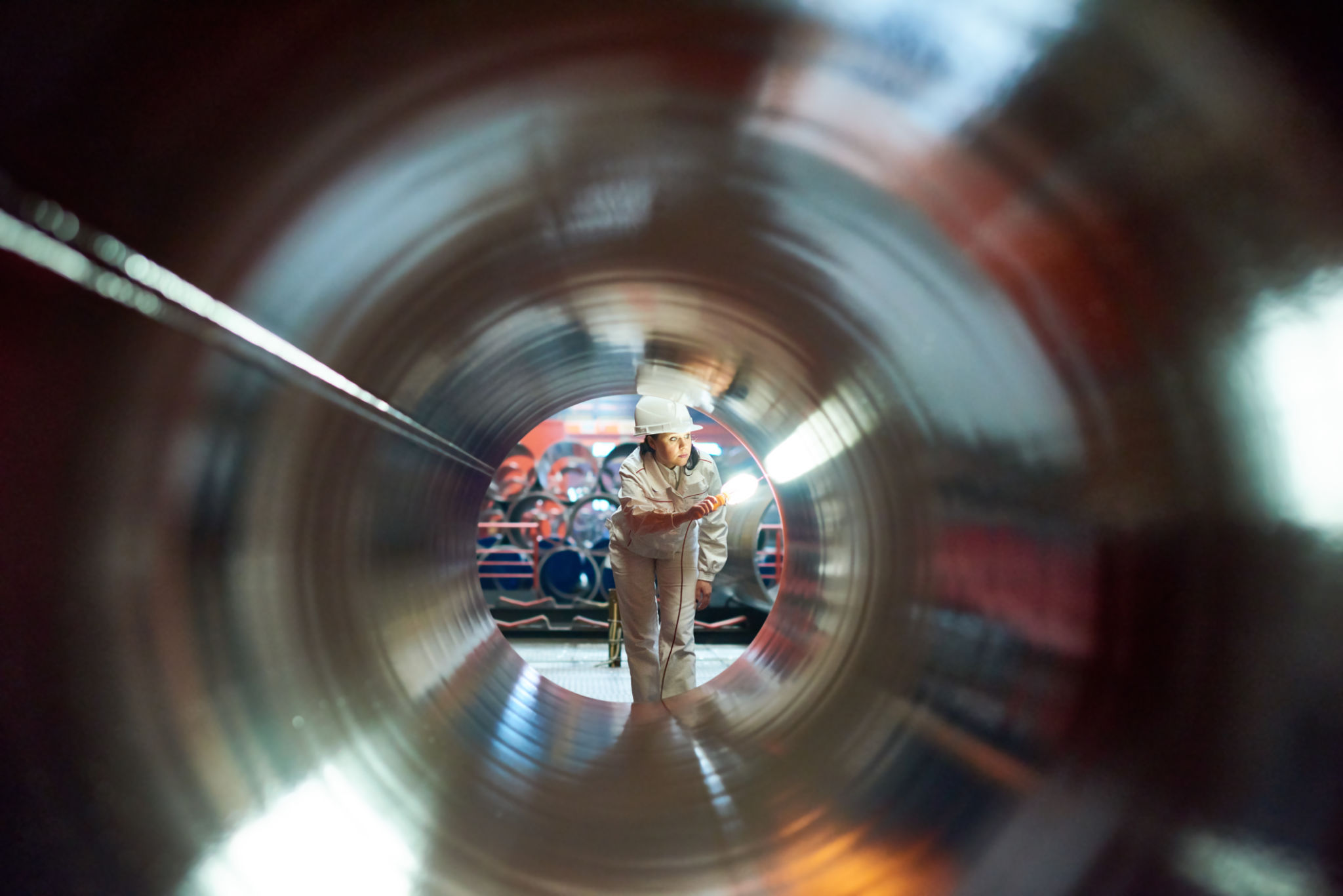Understanding Pipeline Repair and Maintenance: A Comprehensive Guide
Introduction to Pipeline Repair and Maintenance
In our modern world, pipelines play a critical role in transporting water, gas, and oil over vast distances. Ensuring their integrity and functionality is vital for safety and efficiency. This guide delves into the essentials of pipeline repair and maintenance, providing you with a thorough understanding of the processes involved.

The Importance of Regular Maintenance
Regular maintenance is crucial to prevent leaks, bursts, and other issues that can result in significant environmental and economic repercussions. By implementing routine checks, operators can identify potential problems before they escalate. This proactive approach not only extends the lifespan of pipelines but also ensures compliance with safety regulations.
Proper maintenance includes a combination of visual inspections, pressure testing, and advanced technologies like smart pigging. These methods help in detecting anomalies and corrosion, which are common culprits of pipeline failures.
Visual Inspections
Visual inspections are often the first step in pipeline maintenance. Technicians examine the exterior for signs of wear, corrosion, or physical damage. While this method provides initial insights, it may not reveal internal issues, making it essential to combine it with other techniques.

Advanced Technologies in Pipeline Maintenance
Technology has revolutionized how we maintain pipelines. One such advancement is the use of "smart pigs," which are devices sent through the pipeline to collect data on its condition. These tools can detect corrosion, metal loss, and other structural defects, providing detailed insights that inform repair strategies.
Another innovative solution is the use of drones for aerial inspections. Drones offer a bird's-eye view of pipelines, allowing operators to quickly identify potential problems in hard-to-reach areas.
Smart Pigging
Smart pigging involves using devices equipped with sensors that move through pipelines. As they travel, they gather data on the pipeline's interior condition. This information is crucial for planning targeted repairs, reducing downtime, and minimizing disruptions to service.

Common Repair Techniques
Pipelines may require repairs due to various factors such as corrosion, physical damage, or leaks. Common repair techniques include welding patches over damaged areas, replacing sections of pipe, and applying protective coatings to prevent future issues. The choice of method depends on the extent and nature of the damage.
For minor issues, epoxy coatings can be applied to seal leaks and reinforce weak points. More severe problems might necessitate the replacement of entire sections to restore integrity and functionality.
Emergency Repair Procedures
In cases where immediate action is required to prevent environmental damage or service disruption, emergency repair procedures are implemented. These often involve temporary fixes that stabilize the situation until a permanent solution can be devised.

Conclusion
Understanding pipeline repair and maintenance is essential for ensuring their long-term functionality and safety. By incorporating regular inspections and utilizing advanced technologies, operators can effectively manage and prolong the life of these critical infrastructures. Whether it's through routine maintenance or emergency repairs, maintaining pipelines is an ongoing process that demands attention and expertise.
